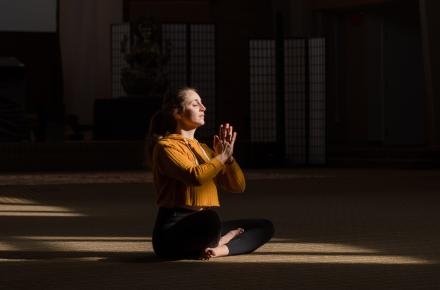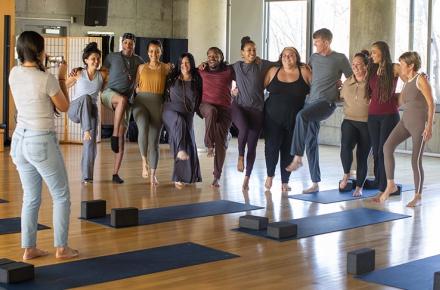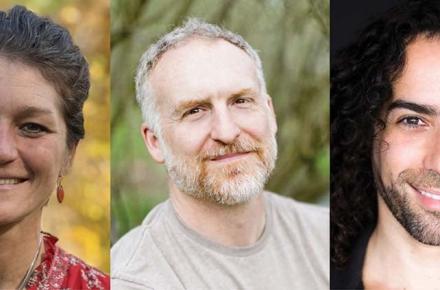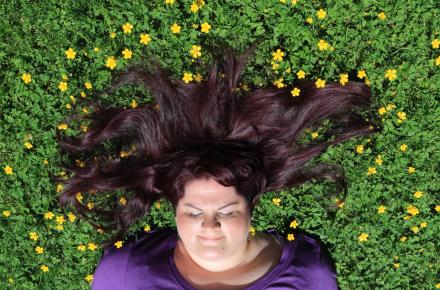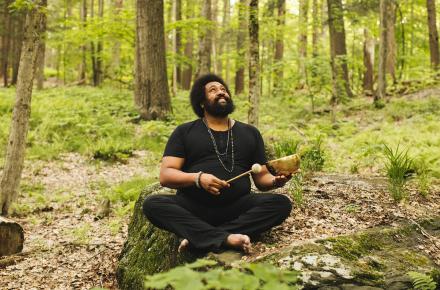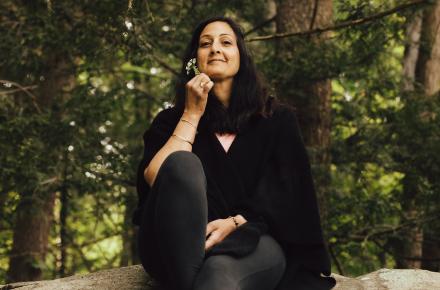The Power of the Tarot

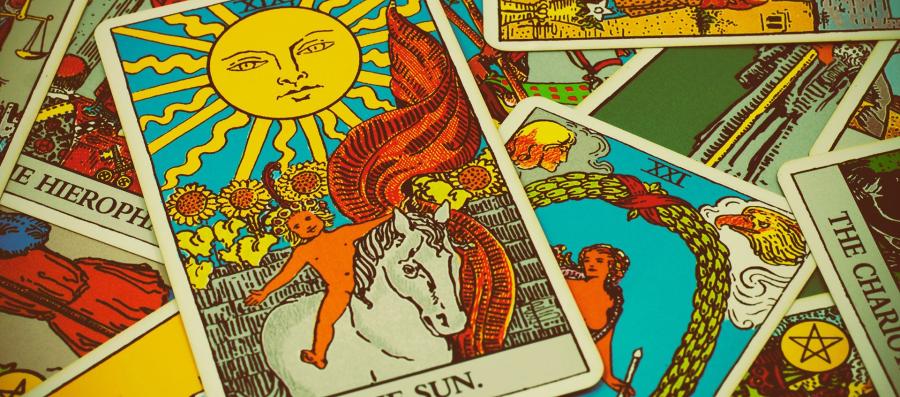
As a girl, I played with twin sisters who remain dear friends. We liked to sketch and sing and eat Fig Newtons. We imagined elaborate worlds in which we could playact. We understood one another in this way.
In graduate school, I received a present from my writing mentor: a tiny deck of tarot cards, each the size of a quarter. Have faith in your instincts, she meant. I didn’t know how to read the deck properly, but every so often, stalled in my writing practice, I selected a card at random. Once I pulled the Three of Cups, for artistic guidance. I kept this one above my desk as a totem.
Tarot started as a simple Italian card game. (The word “tarot” is thought to originate from the Italian taroch, meaning foolishness.) Playing cards with four suits first came to Italy from Egypt in the late 1300s. By the mid-1400s, Italians began to hand-paint their decks, adding elaborate illustrations. In a 15th-century sermon, a Dominican preacher called the cards “evil,” due to their use in gambling, and, by the mid-1700s, tarot cards were used for fortune telling. The first deck specifically designed for “occult purposes,” in 1789, featured images from ancient Egypt, perhaps as a nod to the cards’ origins.
I want to know more, so I ask reader and teacher of tarot Lindsay Mack. Based in Brooklyn, New York, Lindsay, a Kripalu presenter, has studied the practice for 22 years.
“The tarot is a deck of 78 archetypal images, consisting of the Major Arcana (the macrocosm), Minor Arcana (the microcosm), and Court Cards,” Lindsay explains. “Contained in these images is the full spectrum of the human experience. Truly, everything we feel, think, believe, and experience in this life is contained in the tarot. From the mundane to the fantastic, it is all held within the images of the 78 cards.”
I’d heard that tarot decks must be received as a gift. “It’s a total myth!” says Lindsay. “There are no rules or ways to receive a deck. The reasoning behind that idea is that it represents a kind of initiation for some. It’s a beautiful idea, but ultimately doesn’t hold much water. There are so many exquisitely beautiful stories of folks finding, meeting, or being drawn to their decks in all kinds of ways.”
Lindsay bought her own deck, and several books, at the age of 12, simply because she thought it seemed cool; she had never seen a tarot deck before the day she bought one, but was immediately drawn to it. “As a childhood trauma survivor, I was also always reaching for something, anything—a sense of something greater than my suffering as a child,” she says. “I loved the cards, and have never really stopped reading for people and learning.”
I ask Lindsay how she responds to the cynics. “With folks who are skeptical, it’s often that an expectation needs to be managed,” she says. “Tarot cannot predict the future, and is pretty lousy at fortune telling. The future is not fixed. We are birthing it in every moment that we are willing to be present, awake, and alive in this life. It is merely a mirror for the moment, and a tool to connect us back to ourselves.”
Tarot reading is an art form, Lindsay believes, one that blends history, art, psychology, and mindfulness. “The more we consider the tarot from a practical, curious worldview, the more interesting it becomes.”
What about those, like myself, who are wary of “dark cards?” Why is there is some fear associated with this practice?
“To those who fear, I offer this,” says Lindsay. “Everything brings some kind of medicine in this life, whether bitter or sweet. If a card feels dark or scary, I encourage you to look at it as being for you, rather than to you. For example, the Death card is not a harbinger of dying, but a beautiful invitation to release something that no longer serves you, just as we see every year when the trees release their golden leaves. It’s simply the end of a cycle."
Though there’s nothing to fear, Lindsay says, the reasons behind such fears are understandable. “Everything from organized religion to pop culture has warped the beauty and wild purity of the tarot for so long. It’s something we're unlearning together.”
In order to unlearn, Lindsay suggests that we “intentionally utilize” the tarot. In other words, we can use the cards to dig deeper into our aspirations and misgivings. “Because the tarot is such an excellent mirror into the truth of our lives, it is also an equally excellent anchor in moments when we desire to know the difference between truth and fear, between brain chemistry and the soul,” she says. “As human beings, we tend to operate from these two basic channels.”
One channel is the ego, the brain, “the primal nervous system,” says Lindsay, which is designed to keep us alive and comfortable. “If there’s been trauma or PTSD, the resistance to moving out of what is comfortable (even if it’s painful) will be even more intense.” The second channel, in Lindsay’s tarot practice, is the soul. “The soul knows that discomfort is part of growth and it welcomes expansion. It moves in a spiral, rather than a straight line.”
The brain can be a lot louder than the soul, she adds. But tarot can be used as a tool. “It’s for anyone who desires to heal, evolve, and live fully, because it can provide context for both of these channels, empowering us with the element of choice. It can help us to understand what the brain believes, what the soul is asking for, and how to weave them together.”
The tarot doesn’t just do this automatically, she warns. We have to intentionally ask it to reflect these parts of the self.
I decide to study my tiny deck in more detail. And to schedule a professional reading—my first. I’m not alone in this desire, according to the New York Times. The past few years have brought a tarot resurgence. In 2016, tarot deck sales were the highest they’d been in 50 years.
“It’s an intense time to be alive right now,” says Lindsay. “I think, in general, people want and desire to wake up. They want to reconnect to themselves, to their wildness, to the core of their being. Tarot is a beautiful way to do that, to come home to ourselves and look more deeply at what is there.”
The cards can be a looking glass, I see, rather than a crystal ball.
Find out more about online tarot readings and other virtual Kripalu Healing Arts services.














